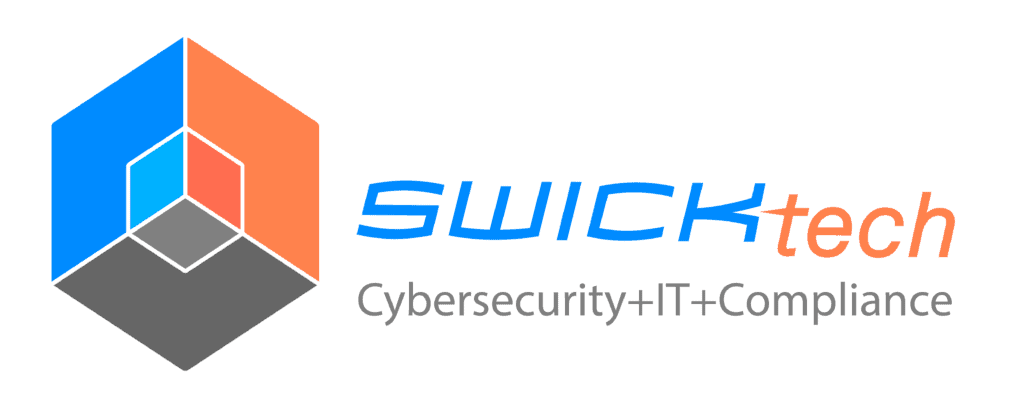
Imagine an entire week at work where everything operates smoothly. Your employees are all relaxed and working hard, services and orders are quickly and efficiently processed, and there’s not a whisper of a problem from your technology systems. Imagine a whole week—even a whole month—without a stressful work environment. Wouldn’t that be great?
Business as usual. That’s what we all want. Yet all too often, there are daily mishaps and disruptions that get in the way of smooth sailing. If even one component of your company’s workflow isn’t flowing the right direction, every other aspect of your business is affected.
What you need is a solid foundation—an unshakeable system that can weather all storms and still work properly when you need it most. And while you can’t control the people that work for you and their attitudes, nor can you count on your clients to always remain calm, there is still one thing you CAN control that influences it all: IT Stability.
“Fortune favors the prepared.” This age-old adage perfectly demonstrates the mentality behind a proactive approach to IT stability. Below are five major pillars of IT stability to ensure your business operations are consistently reliable, efficient and profitable.
1. Strong Network Infrastructure
When your IT systems are built from the ground-up, with each moving part integrated seamlessly with all the others, something amazing happens: you establish a solid foundation—a base on which everything else stands. However, if your IT systems aren’t properly integrated with each other, your business operations start to slow down. Programs don’t run correctly, information takes longer than it should to upload and download, and employee productivity is negatively affected. These sorts of problems only multiply and get worse, affecting everything from workplace morale to delayed or missed deadlines.
2. Data Protection
Data loss is a catastrophe—it can mean the loss of clients, jobs or even the end of a company. At the very least, a data loss event is a major setback laden with very little productivity and a lot of downtime and extra work. The bottom line here is that your company’s data must be protected from loss, regardless of system failure, natural disaster or malicious attacks from hackers and malware.
Your best bet? Implement a disaster recovery plan, complete with scheduled, regular backups stored both on-site and off-site. A complete backup and recovery plan ensures that, in the event of a disaster of any kind, your company can get back on its feet as quickly as possible. Without regular backups and a plan for restoration, a catastrophic event could mean the end of your business. Don’t risk it!
3. Network Security
Your entire network (data included) is vulnerable to multiple threats at any given time. Some threats are external and malicious, others are caused by internal IT issues and user error, while still others are related to natural disasters. Any one of these problems threatens the security of your company’s network and IT stability. The solution is a proactive approach to total IT stability.
Your best big-picture solution is proactive monitoring of all systems and data. Your data must be shielded from the many dangers lurking beyond your network’s walls. Data protection is a multi-faceted threat requiring layers of integrated solutions. Data backup and recovery solutions need to be in place before a problem occurs. A reliable IT provider will continually watch out for virus, malware and hacker invasions, and will have established, comprehensive recovery plans in place, if security is somehow breached in any way. A secure network means uninterrupted productivity and little downtime: now that’s business as usual.
4. Safe and Functional Cloud Computing
Nowadays, the prevalence of the Internet means there are no longer many completely closed networks. Despite multi-layered defense systems protecting a network, there’s always a way in. Moving to the cloud is a good choice if you’re looking to move away from the instability and vulnerability of your single, internal server.
A secure private cloud is a great way to ensure your employees and partners have the access to your business they need—while keeping the bad guys out. The cloud allows for simultaneous collaborations and project management from anywhere. You’ll benefit from optimized backups and data recovery, plus an ultra-productive workflow environment you’ve previously only dreamt about.
5. Best Practices
To ensure your systems are integrated and operating at peak performance, your IT stability hinges on applied industry best practices. Everything from communications to program installation and use to hardware stability to data backup and recovery benefits from tested-and-true operational standard best practices. These are the highest standards of operational performance set by industry elites, set into motion by an experienced IT stability provider.
Do you experience regular day-to-day business as usual? Are your IT systems facilitating business growth and opportunity—or are they hindering your progress at every turn? If your IT isn’t working for your business, it’s time to examine your weak points among this list of keys to IT Stability—so you can get back to what you do best: business as usual.



